Votive stele depicting Akshobhya, theBuddha of the Pure Land
Tibet
18th century
The Buddha Akshobhya, represented here as the historical Buddha, is shown seated in the Vajraparyanka position on a base decorated with lotus petals.
His right hand rests on his knee, fingers pointing towards the ground in bhumiparshamudra, a symbolic gesture of victory over inner demons and the activation of the Earth as a witness to his awakening. His left hand, placed in his lap, palm facing upward, holds a double vajra, a symbol of indestructible wisdom and protection against illusions.
The Awakened One is dressed in the samgathi and uttarasangha, which lie close to his body, leaving his chest and right shoulder bare. A fold of the garment is delicately draped over his shoulder, its edges adorned with delicate beads. The face is characterized by curvilinear brow ridges meeting at the base of an aquiline nose, which sits above a mouth with thin lips outlined in red. The half-closed, lenticular eyes, enhanced with white pigment, convey an attitude of profound introspection.
The stylized hairstyle, composed of small spikes and pigmented blue, attests to the Buddha's peaceful nature. The skull is surmounted by the usnisa, topped with a rasmi in the shape of a lotus bud. The ears have long lobes distended by the ornaments the Buddha once wore in his princely life. The body is encircled by a double row of gadroons and a mandorla with swirling flames, evoking the Blessed One's spiritual radiance.
The base is adorned with two elephants, the mount associated with Akshobhya, a symbol of stability, inner strength, and perseverance.
In Vajrayana Buddhism, Akshobhya Buddha is one of the five self-born Wisdom Buddhas (emanations of the Adibhuddha) who have existed since the beginning of time. He is the ruler of the Abhirati paradise, or Pure Land of the East, and embodies consciousness as a fundamental aspect of reality.
The embodiment of clear, unchanging, and perfectly unperturbed wisdom, he symbolizes profound knowledge of reality beyond appearances and illusions.
He is the absolute mind of the Buddha.
In the 18th century, Tibet experienced a flourishing of Buddhist art production, particularly portable bronze stelae like this one depicting Akshobhya Buddha. These objects were used for personal devotion and meditation, often in homes or during pilgrimages. They allowed individuals to experience the divine presence and deepen their spiritual practice. Influenced by Indian and Nepalese artistic traditions, these stelae were part of a long Tibetan iconographic tradition linked to Vajrayana rituals.
Bronze with polychrome highlights
11.4 x 8.6 cm
Signs of wear, suspension holes possibly later
Formerly in a European private collection
Contact us: culturesetcivilisations@orange.fr


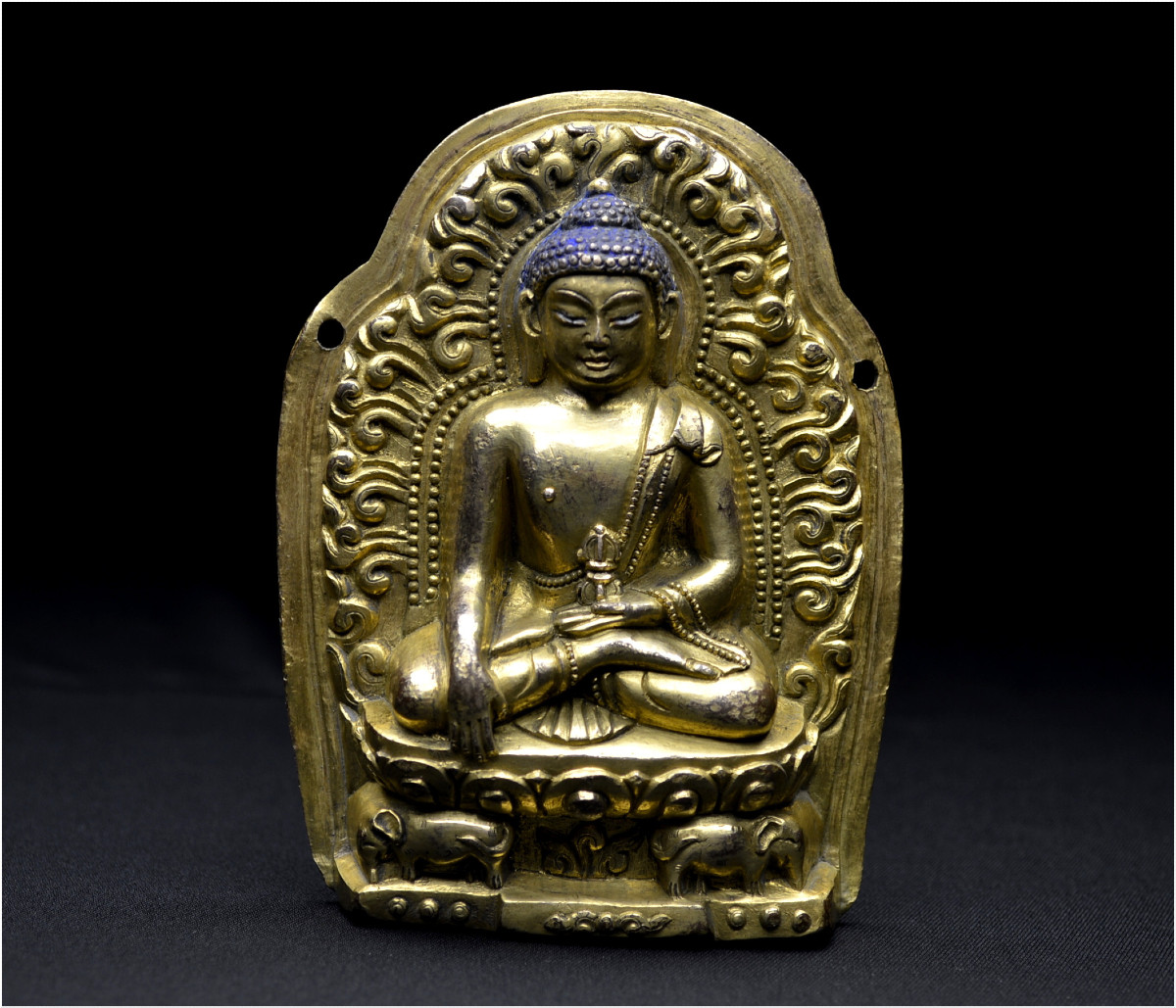
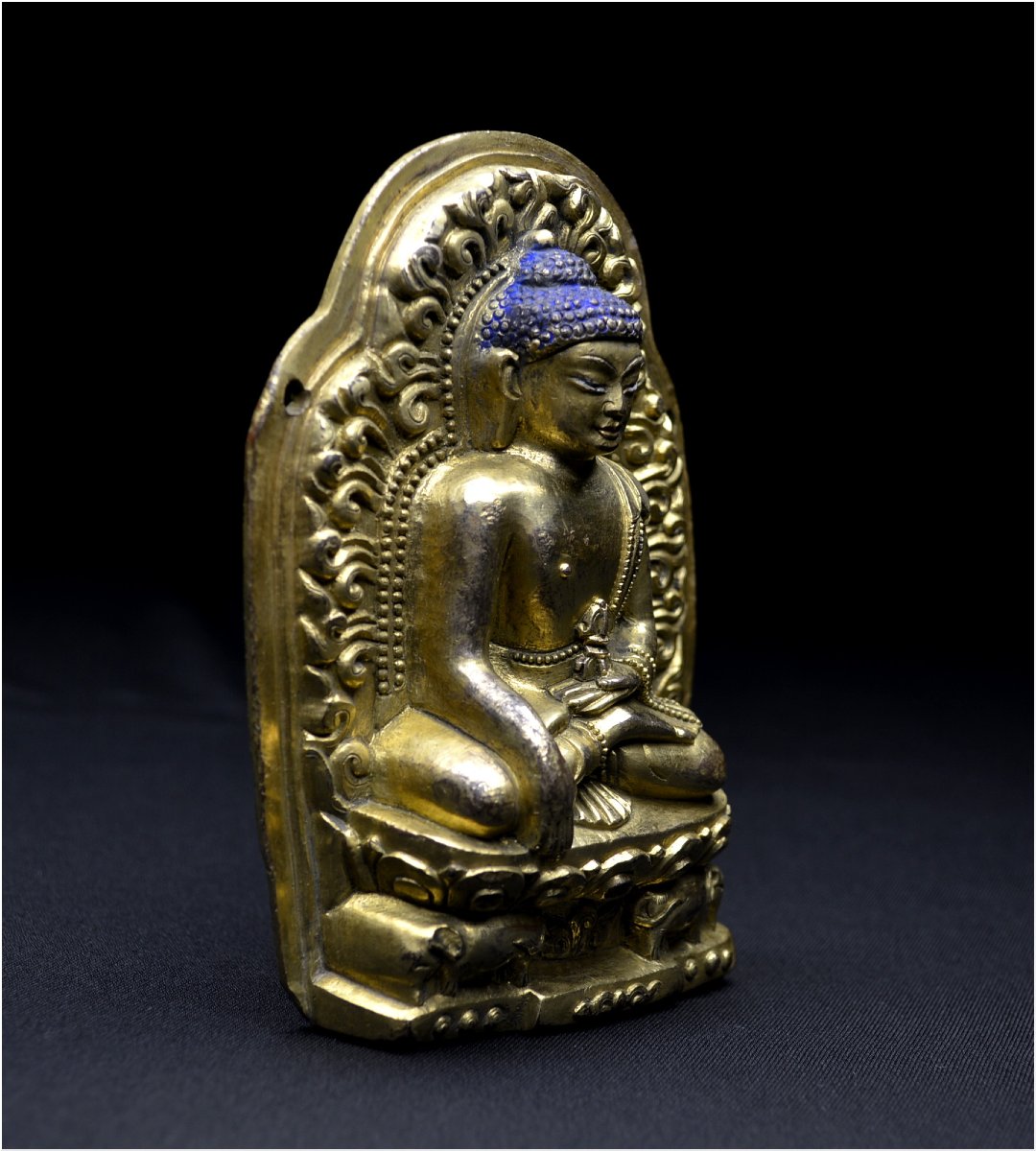
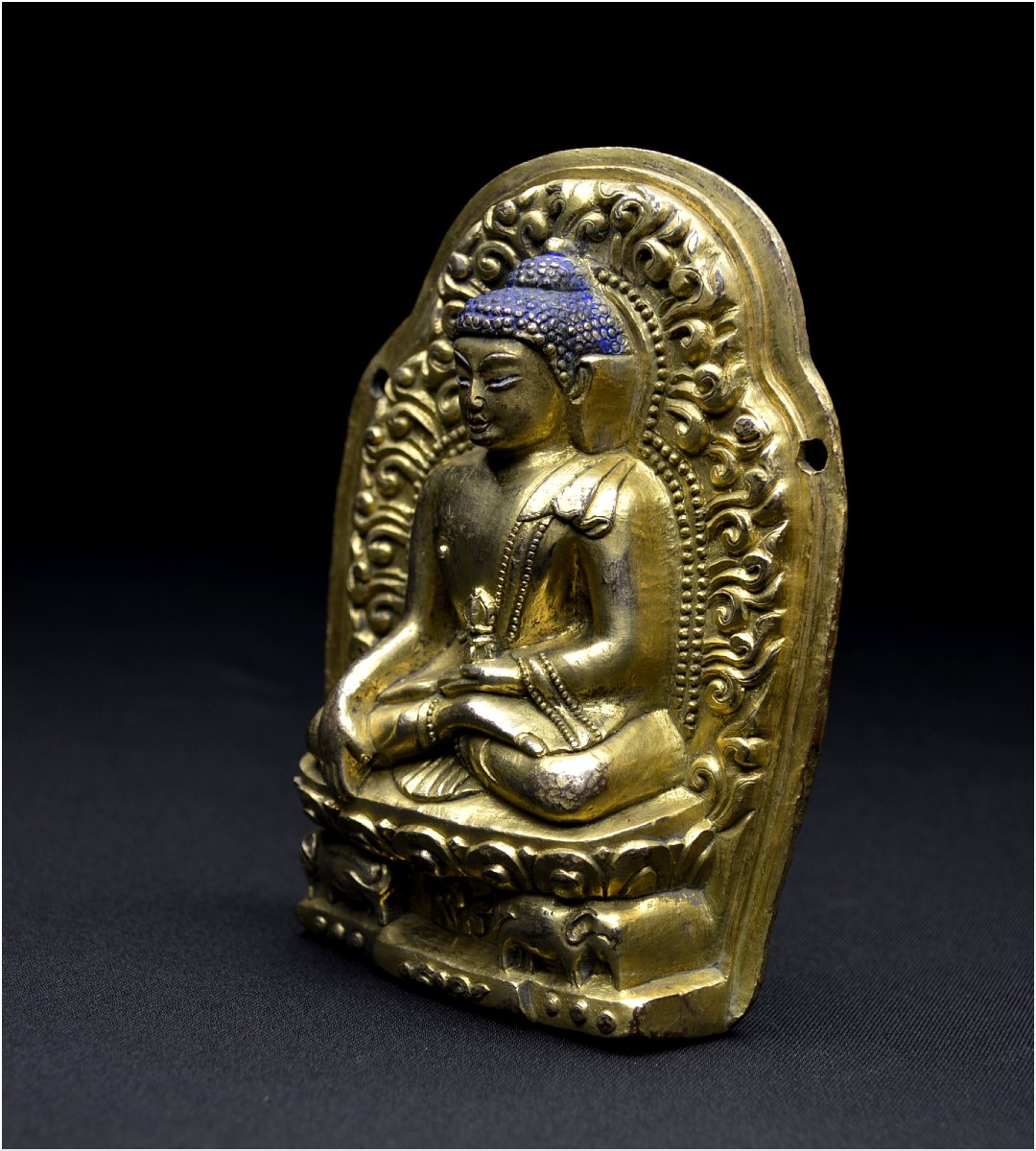



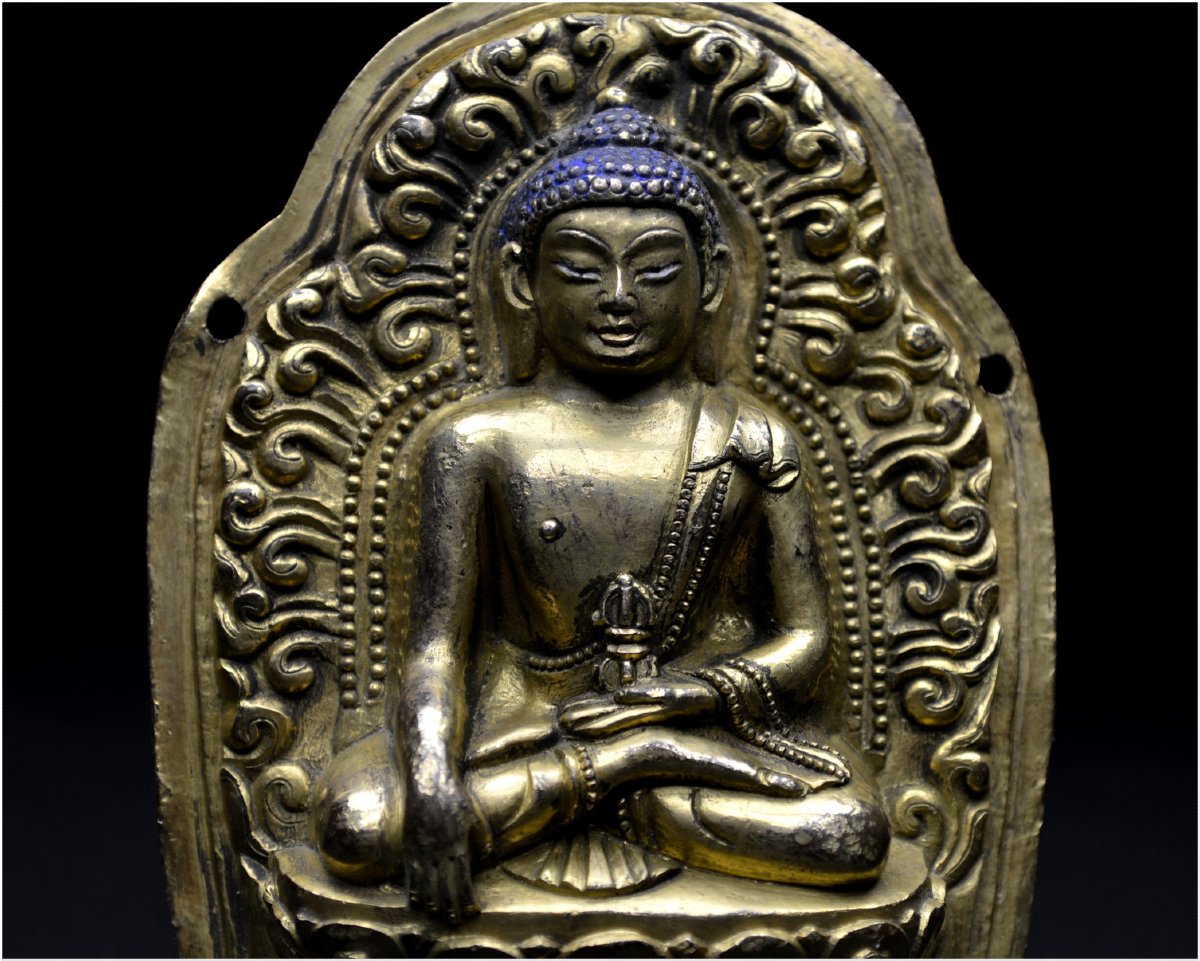
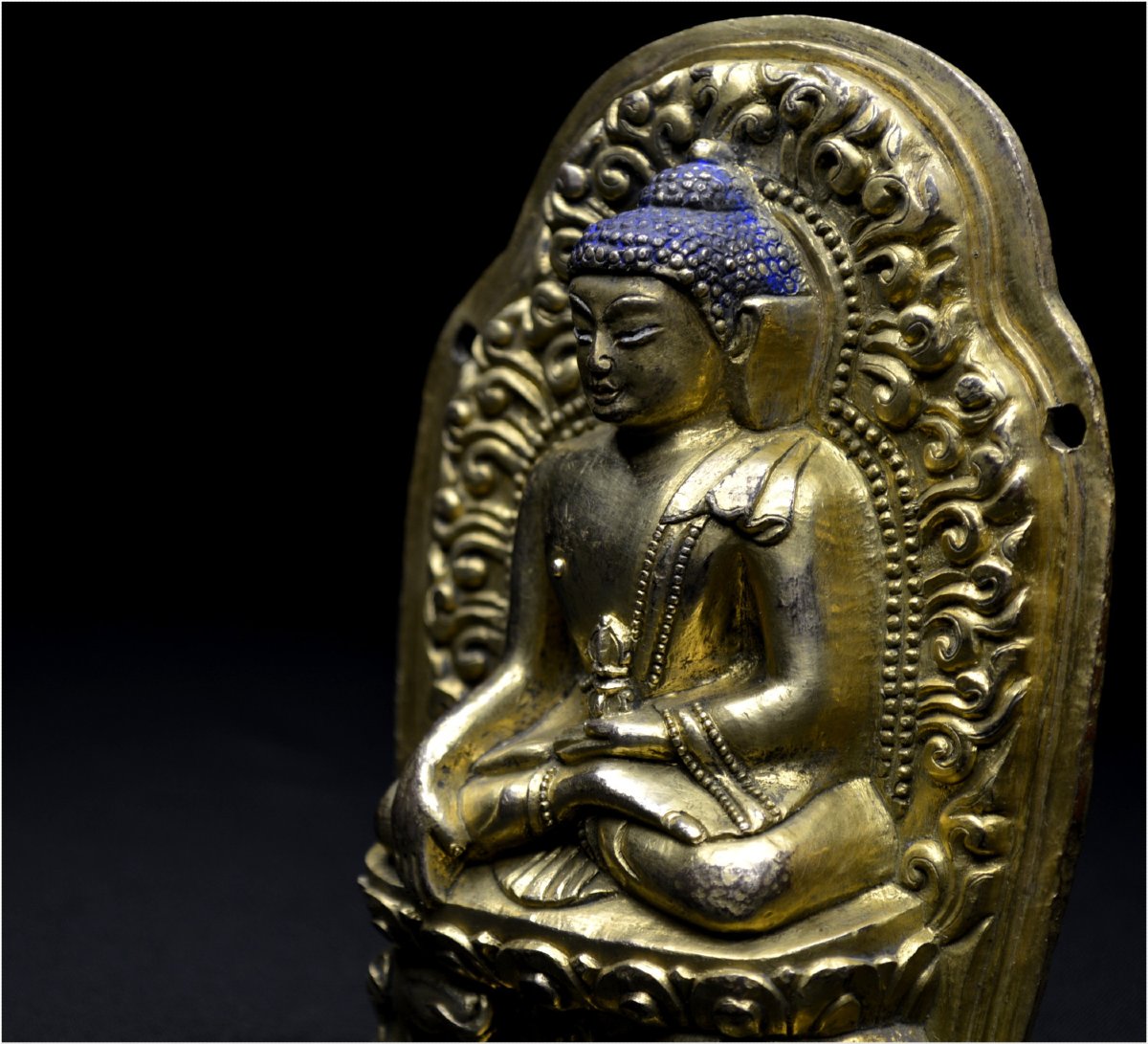


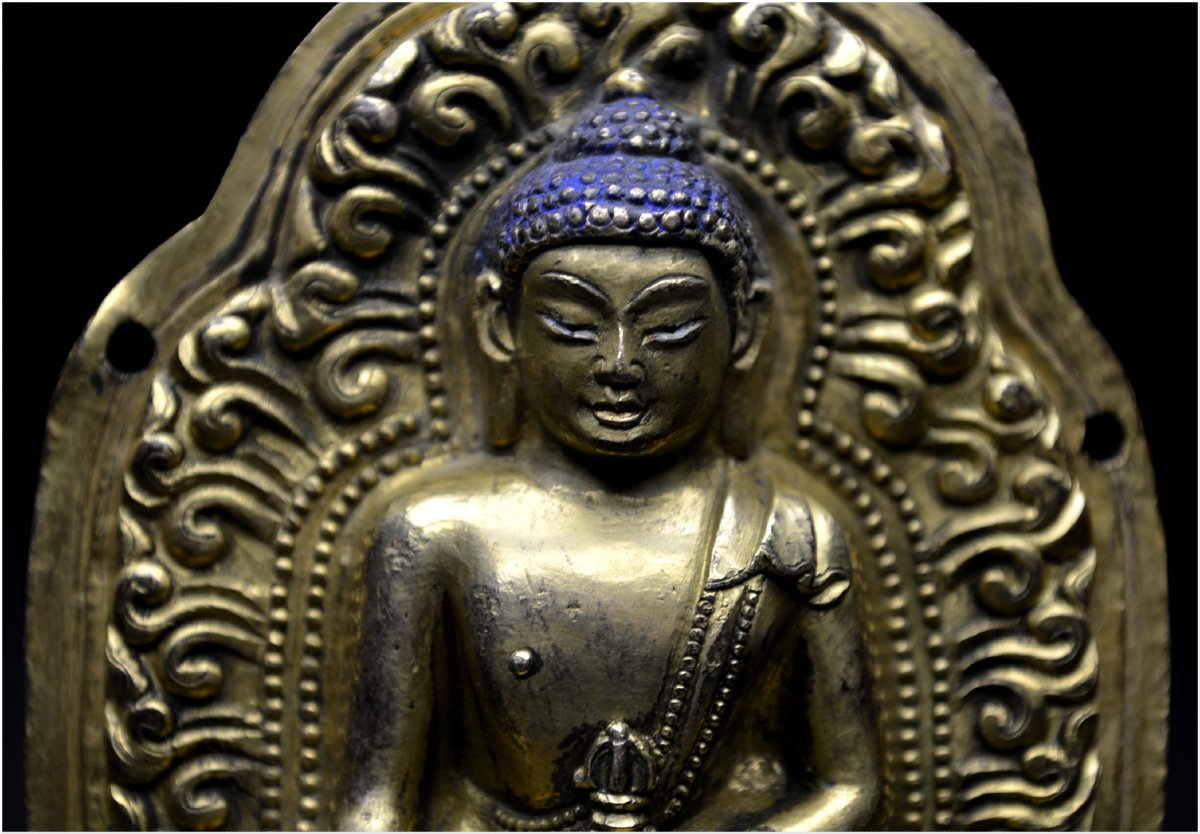
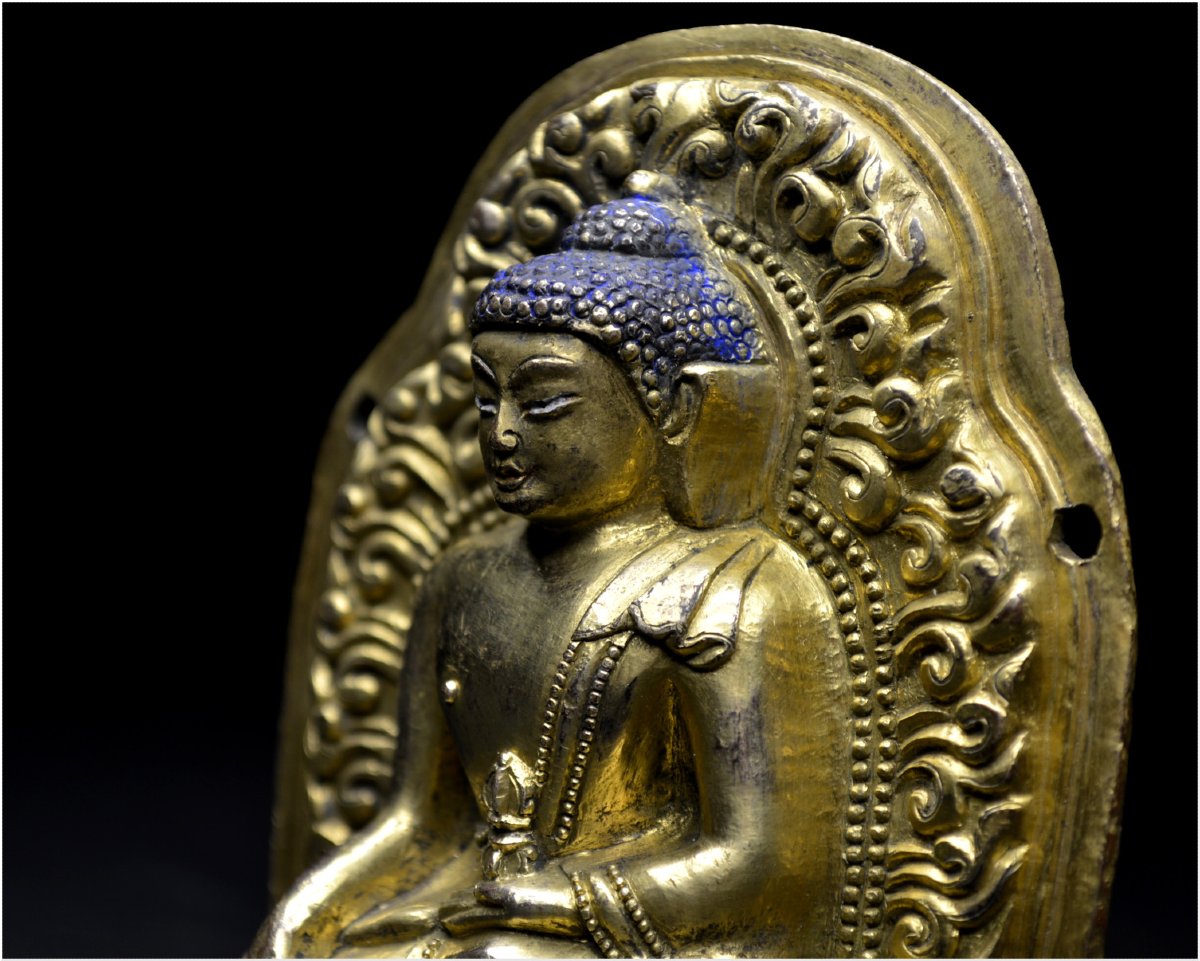













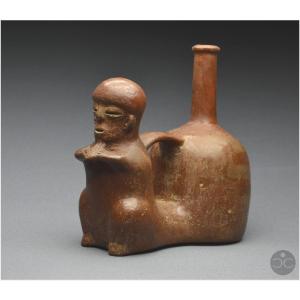

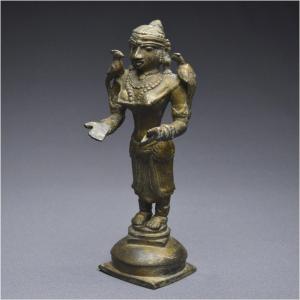
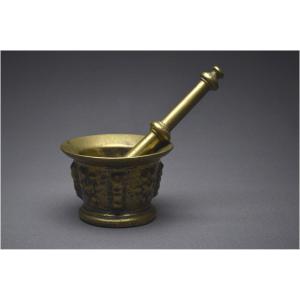




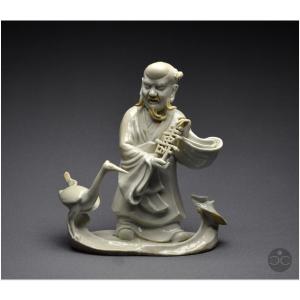
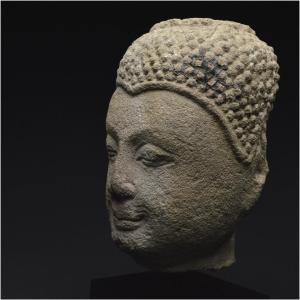
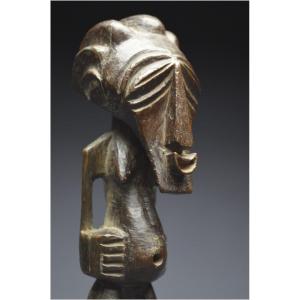
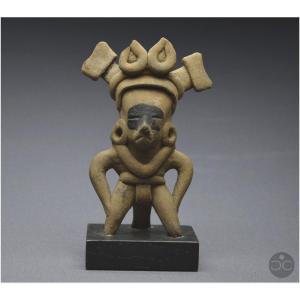





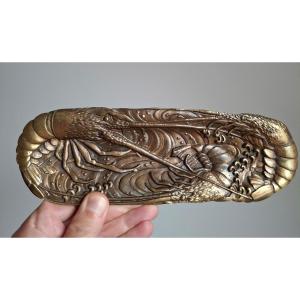
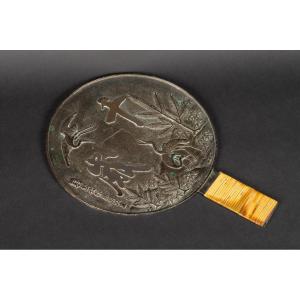




 Le Magazine de PROANTIC
Le Magazine de PROANTIC TRÉSORS Magazine
TRÉSORS Magazine Rivista Artiquariato
Rivista Artiquariato